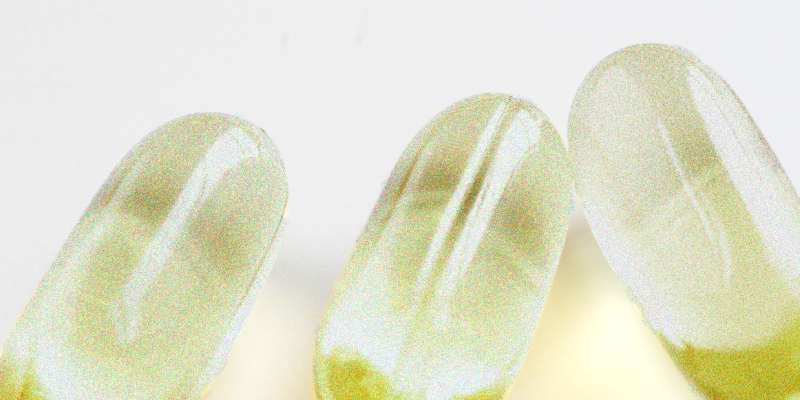Tampering with cellular fats holds great promise

Today, much of the biology underlying the cellular composition of lipids is a black box to scientists. Even though lipids are a major group of biomolecules, they are difficult to study because their synthesis is regulated by complicated metabolism.
Now, researchers from the Department of Energy's Joint BioEnergy Institute (JBEI), Berkeley Lab, and the Novo Nordisk Foundation Center for Biosustainability at Technical University of Denmark (DTU Biosustain) have found a way to engineer the fatty membranes of cells. The researchers boosted the cells' ability to produce high amounts of fluid fats, so-called unsaturated lipids. This increased the membrane respiration as well as the cellular growth rate.
This knowledge could be an advantage when engineering the cellular workhorses E. coli, or baker's yeast to produce biofuels, biochemicals or biopharmaceuticals. Therefore, this method could become very important in industries working with cell factories. The research has now been published in Science.
The researchers showed how to manipulate the lipid composition of E. coli and baker's yeast. The next step is to show that the method works for mammalian cells, as well. "The applications for future work aren't industrial, but rather related to health. Several diseases, such as type 2 diabetes, lead to more rigid membranes and also feature impaired mitochondria function," says first author Itay Budin from JBEI.
Mitochondria are the cell's power plants. Cells with impaired mitochondrial function work slowly compared to normal cells. Making the cells' membrane more fluid could normalize mitochondrial function.
"We are excited about this work—it shows that synthetic biology and metabolic engineering can be applied to gain basic insights in fundamental biological processes. This basic knowledge is very important in order to develop new treatments for diseases with mechanisms we don't understand," says co-author Professor Jay Keasling.
More information: Itay Budin et al, Viscous control of cellular respiration by membrane lipid composition, Science (2018). DOI: 10.1126/science.aat7925
Journal information: Science
Provided by Technical University of Denmark





















